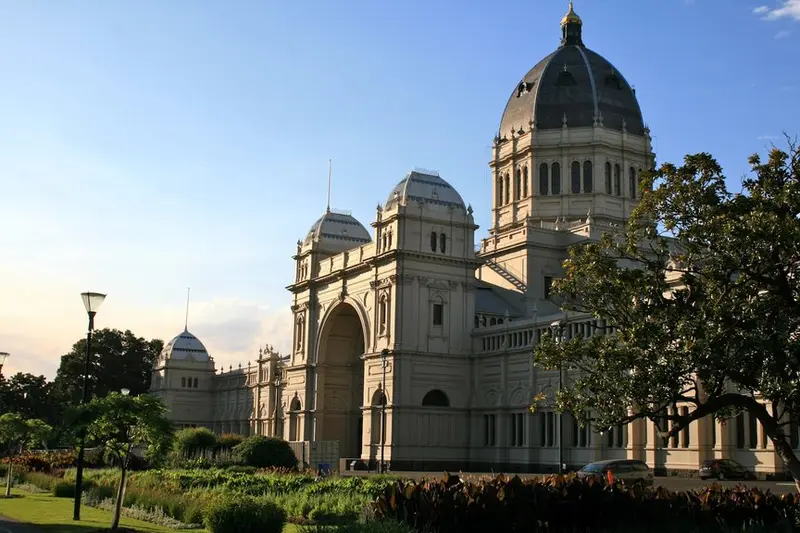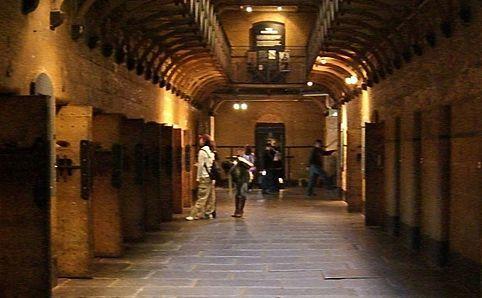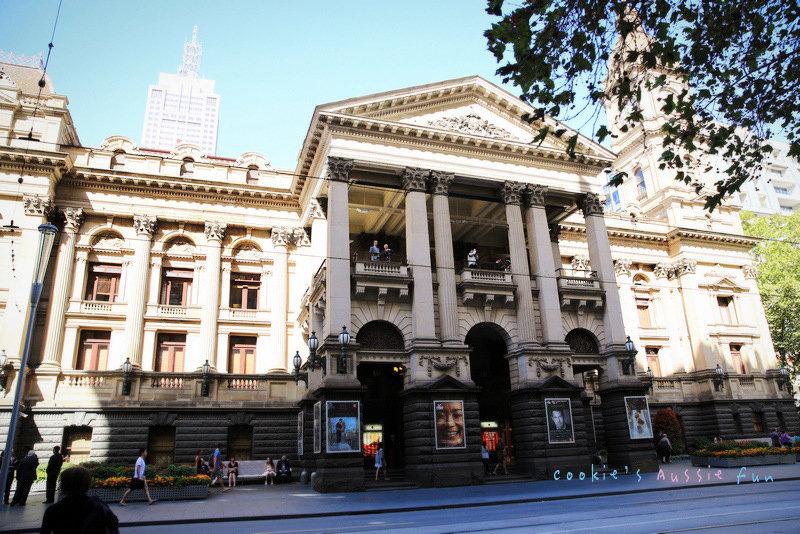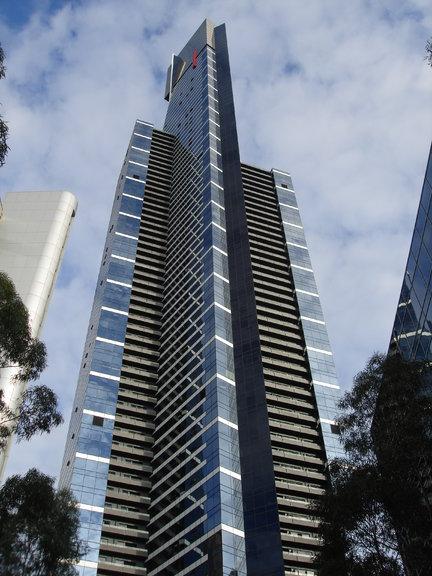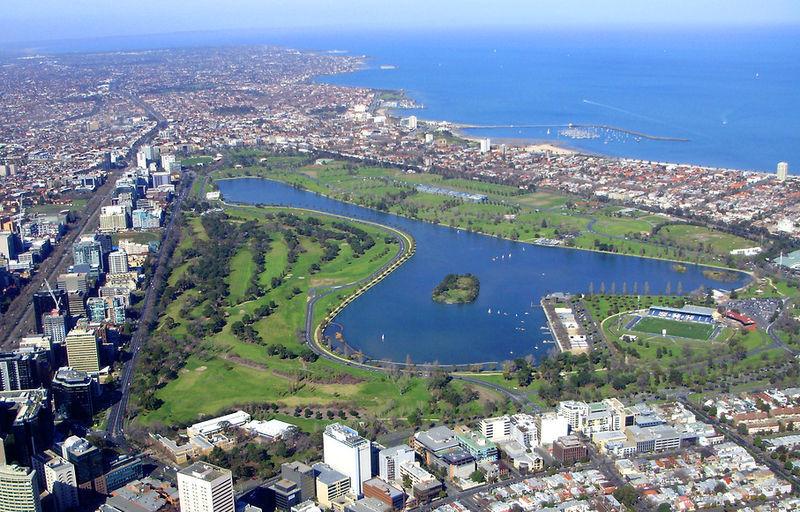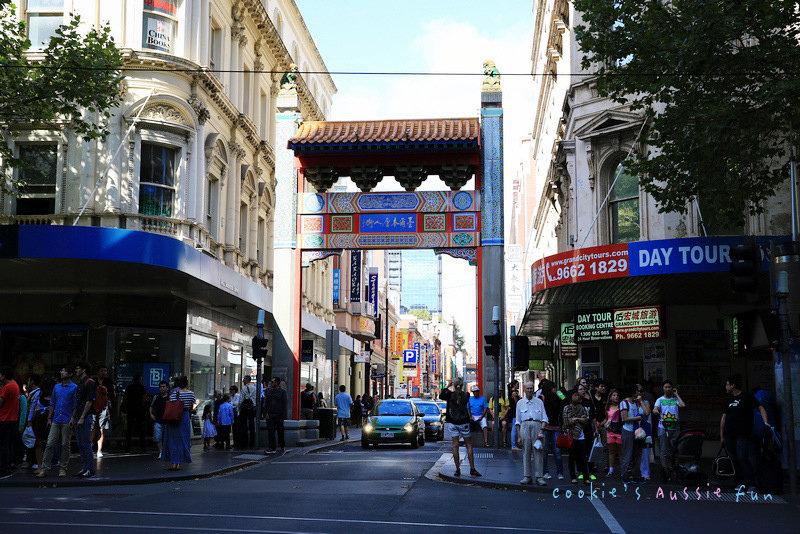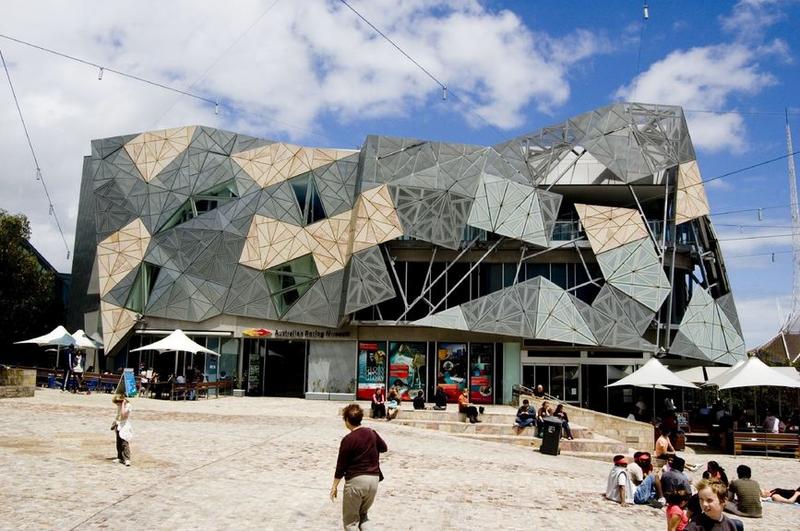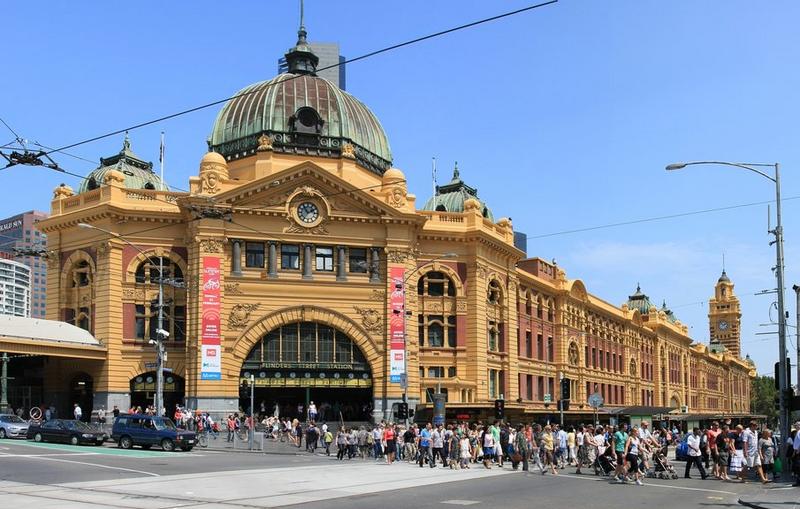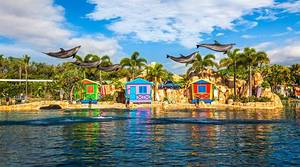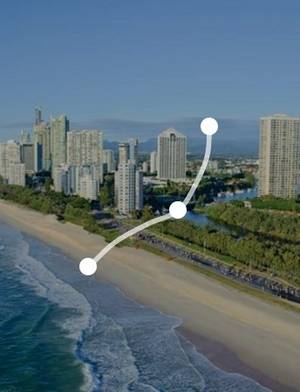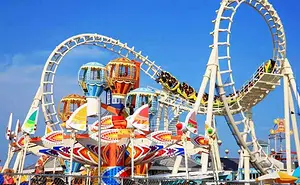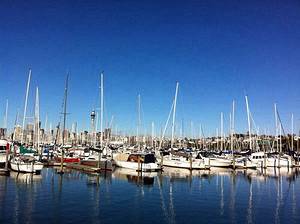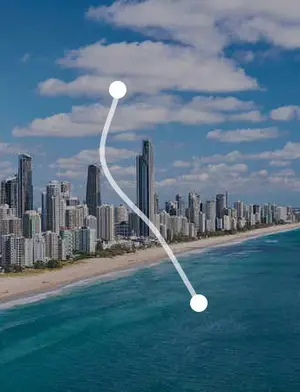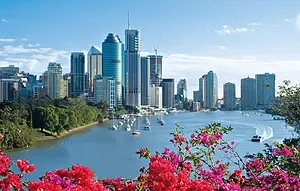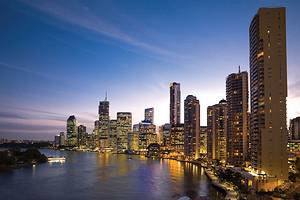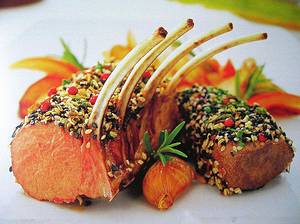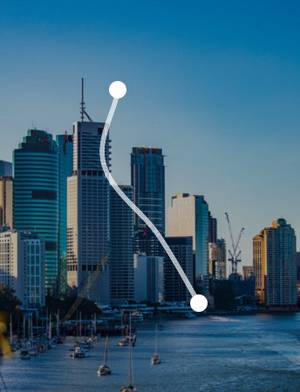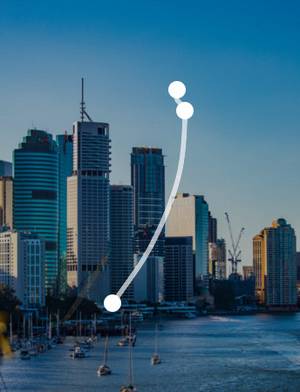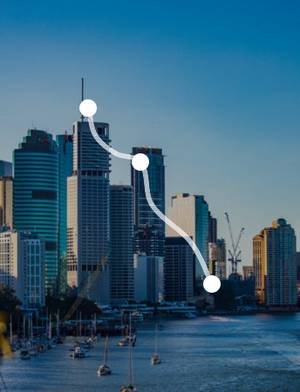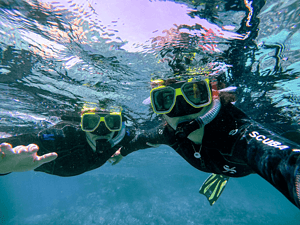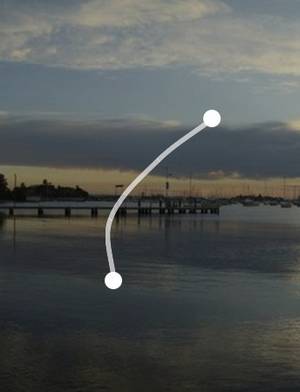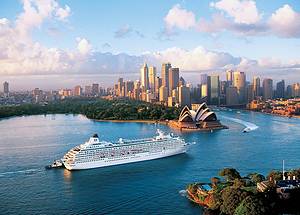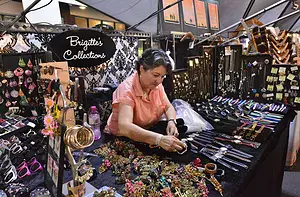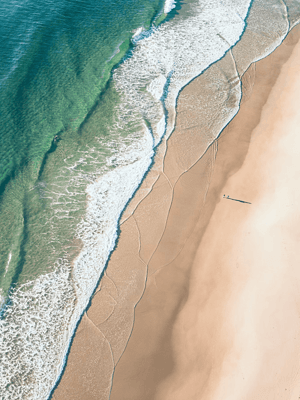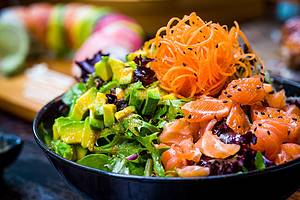6-day Classic Tour of Eastern Australia with Parents
3 cities |
18 attraction(s) |
total distance 24
km
 TIPS
TIPS
Day1
Day2
Day3
Day4
Day5
Day6
Day1: Melbourne
3 attraction(s) ·
4 km
1
The Royal Exhibition Building is a Victorian-style building constructed in the late 19th century for world exhibitions. In 1901, the Australian Parliament convened here. Over the past 100 years, the Royal Exhibition Building has served as a venue for various types of events.
The Royal Exhibition Building and the surrounding Carlton Gardens have been designated as a World Heritage Site. The reason for their inclusion on the heritage list is that the Royal Exhibition Building in Australia is the only surviving 19th-century exhibition building and one of the few remaining in the world.
3
km
2
This oldest prison in Melbourne has now turned into a museum. After the police and prisoners were removed, there have been no changes made here. You can experience the feeling of being arrested and locked in a solitary confinement cell with a guide. The Old Melbourne Gaol also offers night tours of the prison.
2
km
3
Built in 1869, the Melbourne Town Hall was designed by the renowned local architect Joseph Reed in the Second Empire style. It features a concert hall and was once the most renowned music hall in Australia.
Day2: Melbourne
4 attraction(s) ·
10 km
1
Except for flying over the city area before landing in Melbourne, the only place where you can bird's-eye view Melbourne is the observation deck of Eureka Tower, the tallest residential building in the world. The fastest elevator in the southern hemisphere takes you up 88 floors at a speed of 9 meters per second, and then you can carefully admire Melbourne from this observation deck surrounded by floor-to-ceiling glass. Small fixed telescopes correspond to iconic buildings or landscapes in Melbourne. You can also step outside the glass walls through a sealed cabin, with only a layer of wire mesh preventing you from falling 300 meters into the void. For an additional cost, you can also experience the Edge, a glass box (including the floor) that can be extended outward from the building, giving you a feeling of hanging in mid-air with both feet dangling.
2
km
2
Melbourne's famous landmark, with a history of over 20 years, was built in 1973, completed in 1982, and officially opened to the public in 1984. It is the preferred venue for large concerts, plays, and dances. It is divided into three parts: a 162-meter high spire theatre with a 6-story building, including 5 underground floors, housing a main theatre, a performance space, a multipurpose experimental theatre, and a lounge with an Aboriginal art exhibition. Second, the Melbourne Concert Hall. Third, the National Gallery of Victoria (International Gallery). The center offers tours of the theatres and backstage areas.
3
km
3
With over 12,000 species of plants, it is more accurate to say that it is Melbourne's most "luxurious" garden. The botanical garden is located on the beautiful Yarra River, where exotic flowers and plants from Australia and around the world thrive. You can take a stroll along a dirt road through a small patch of pristine rainforest, or have some fun with a frisbee on the vast lawns scattered throughout. There is also a 4-kilometer running track that runs through the garden, and you can even spot eels and black swans in the lake.
6
km
4
Albert Park, located on the south bank of the Yarra River in Melbourne, is home to the first race of the Formula One World Championship. The circuit follows the perimeter of Albert Park Lake. The Australian Grand Prix has been held here since 1996, replacing the Adelaide street circuit. The track layout is smooth with no sharp corners, making it a favorite among drivers. Albert Park is a popular park for walking and running, spanning 2.5 kilometers north to south and 1.5 kilometers east to west. It is only three kilometers from Melbourne CBD and covers an area of 225 hectares. During the race season, the track is closed to regular traffic. The sound of the F1 engines can even be heard echoing between buildings in the city, making it an exhilarating experience to witness the high-speed racing up close.
Day3: Melbourne
4 attraction(s) ·
5 km
1
Melbourne's Chinatown is located on Little Bourke Street, primarily referring to the section between Swanston and Exhibition Streets (as there are Chinatown arches at the intersections of Swanston/Little Bourke Street and Exhibition/Little Bourke Street). The liveliest part of Chinatown is the section between Swanston and Russell Streets.
There are numerous Chinese restaurants and shops on both sides of Chinatown and its vicinity. Most of the shopkeepers (including bank and post office staff) can speak Mandarin and Cantonese, making it a place where tourists can seek assistance besides shopping. Australian souvenirs such as sheepskin and lanolin can also be purchased in Chinatown, and bargaining is encouraged.
Melbourne's Chinatown is a one-way street, allowing vehicles to travel only from east to west. Pedestrians have no restriction on their walking direction, but they must be cautious of cars. On major holidays like Chinese New Year and Mid-Autumn Festival, Chinatown is closed to vehicles and becomes a pedestrian-only street on designated days (usually a Saturday or Sunday).
3
km
2
Whether you have just walked out of the train station, or taken a tram, or strolling along the streets, this church located at the corner of Flinders St and Swanston St is a must-see sight. Through the frequently opened heavy wooden doors, you can enter this Neo-Gothic building and admire the stained glass on every side.
1
km
3
Federation Square is the largest public square in Melbourne, Australia. It covers an area of 3.2 hectares and is located in the city center, along the Yarra River. The square features unique architecture with colors and styles that reflect the rich Indigenous Australian culture and respect for the indigenous heritage.
Federation Square is a popular destination for locals and tourists, especially the visitor center. It hosts various festive events throughout the year and is a classic location for the New Year's Eve countdown. The square also has a giant screen that frequently broadcasts important sports events such as the Australian Open tennis finals, the Australian Rules Football Grand Final, and the opening and closing ceremonies of major international sporting events. Many tourists and locals gather here.
Previously, the site of the square was the office building of the Gas and Fuel Corporation of Victoria from the 1960s to the mid-1990s. It was later demolished and the current Federation Square was built as a result of an international design competition held by the Victorian government in 1997. The winning design by a London-based designer became the concept for the current Federation Square.
Opened in 2002, Federation Square is a mixed-use and multifunctional space. It features 16 cafes, bars, and restaurants, as well as boutique shops and a tourist service center offering services such as bike rentals, bus and cruise tours, free Wi-Fi, and ticketing services. It is surrounded by six other attractions including The Ian Potter Centre (NGV Australia), the Australian Centre for the Moving Image (ACMI), the National Gallery of Victoria Kids Space, the Australian Commercial Galleries Association (ACGA), the Fed History Showcase, and Melbourne Visitor Centre.
These are the six attractions located around Federation Square.
2
km
4
Flinders Street Station is the largest and busiest train station in Melbourne, Australia. It is a Victorian-era building and the first railway station in Melbourne. Located in the city center, directly opposite Federation Square, with St Paul's Cathedral nearby. It is a landmark building on Swanston Street and a popular meeting point for locals. The station's famous "meet under the clocks" refers to the large clock in front of the station. The entire station is made of yellow stone, with a distinctive bronze dome. At night, the station is illuminated by yellow lights, showcasing a different classical and magnificent Victorian architecture. It is worth visiting Flinders Street Station at night to experience its unique charm.
Day4: Gold Coast
1 attraction(s) ·
0 km
1
Sea World is much bigger than Warner Bros. Movie World. It is located by the sea and the water inside is imported seawater. The dolphin and seal performances are very impressive. In addition to various shows, there are also many amusement facilities for both adults and children to enjoy. There are also interesting activities such as close encounters with dolphins underwater and helicopter tours of the Gold Coast, but there are additional fees.
Inside Sea World, there is a water park at the furthest end, which only requires an additional $5 AUD besides the entrance ticket (visitors with annual passes and VIP cards can enter for free).
It is recommended to go to Sea World early. Get a map at the entrance to familiarize yourself with the layout and take note of the show times. Plan ahead, and you can download the map and show schedule on the official website. If you plan to go to the water park, remember to bring your swimwear.
Day5: Gold Coast
1 attraction(s) ·
0 km
1
Taronga Wildlife Sanctuary, as a national cultural heritage in Australia, is home to hundreds of species of animals and birds. Here you can enjoy performances by Australian native animals and even feed kangaroos, as well as have a photo taken with a koala. Feeding rainbow lorikeets is a popular attraction among visitors. Don't forget to grab a map of the sanctuary and a schedule of various performances upon entering, so you can plan your visit accordingly.
Day6: Sydney
5 attraction(s) ·
7 km
1
The Sydney Opera House is located in Sydney, Australia. It is one of the most iconic and distinctive buildings of the 20th century, and is a world-famous performing arts center and a symbol of Sydney. The designer of the opera house is Danish architect Jørn Utzon, and construction began in 1959, with the main theater completed in 1973. In June 28, 2007, the building was listed as a UNESCO World Heritage Site. The Sydney Opera House offers daily official Mandarin Chinese tours, each lasting thirty minutes, with knowledgeable Mandarin-speaking tour guides. The white exterior of the Sydney Opera House, shaped like a sculpted shell on the harbor, resembles floating petals in the air, and has been awe-inspiring for many years.
The Sydney Opera House is located on Bennelong Point in Sydney Harbor, with its unique sail-like structure and the Sydney Harbor Bridge as a backdrop, making it a charming sight. Thousands of tourists come to admire this building every day.
The Sydney Opera House consists of two main halls, several smaller theaters, performance halls, and other ancillary facilities. The two large halls are located within the larger sail-like structure, while the smaller theaters are located within the base. The largest hall is the Concert Hall, which can accommodate up to 2679 people. Originally designed as an opera house, the design was later changed, and even the completed opera stage was demolished and rebuilt. The Concert Hall features a large organ, known as the world's largest mechanical tracker-action organ, consisting of 10,500 pipes, built by Ronald Sharp from 1969 to 1979. The smaller hall is the actual opera house. Due to the initial design of the larger hall as an opera house, the smaller hall was considered unsuitable for large-scale opera performances, with a relatively smaller stage and limited space for the orchestra.
3
km
3
The Rocks is one of the liveliest areas in Sydney. Its name originated from the early colonial days in 1788 when most of the earliest buildings were constructed with local sandstone. It was the earliest developed area in Sydney and used to be a haunt for sailors, traders, thieves, and prostitutes. It was also the location of a bubonic plague outbreak in 1900 that claimed 100 lives. More destruction occurred in the 1920s when streets were demolished to make way for the southern approach to the Sydney Harbour Bridge. However, in 1970, community redevelopment transformed the area into a popular destination for tourists. The Rocks has many attractions that can easily fill up a day for visitors, such as Nurses Walk, the Suez Canal, Campbell's Cove with its historic warehouses, and Dawes Point Park under the Sydney Harbour Bridge. George Street serves as the main axis of The Rocks, which is also the first street in Australia. The boundaries of The Rocks are roughly marked by the Cahill Expressway and Bradfield Highway, extending to the waterfront. The area still preserves its old-world charm, where you can find quaint cafes, artisan shops, restaurants, and galleries. On weekends, there is also a market where you can find interesting items, though they may not come cheap. For photography enthusiasts, please note that some stalls at the market do not allow photography.
3
km
4
The Queen Victoria Building is located on George Street, the busiest street in the center of Sydney. It was built in 1898 and features a Romanesque-style architecture with a central glass dome. The building occupies the entire block and houses over 180 shops, cafes, and restaurants. It is known for its elegant Victorian-style shops on the four main floors. Don't miss the chance to explore the building's magnificent interior and unique collection of historical artifacts.
2
km
5
Hyde Park is located in the center of Sydney, first built in 1810. With a history of over 200 years, it has vast, clean lawns and towering trees that are over a century old, making it a great place for leisure. At the center of the park is a uniquely designed fountain. It consists of a group of bronze sculptures, with a young boy holding a qin (ancient Chinese musical instrument) at the highest point in the middle. Behind him is a fan-shaped water spray, and there are several groups of bronze sculptures in the pool.
